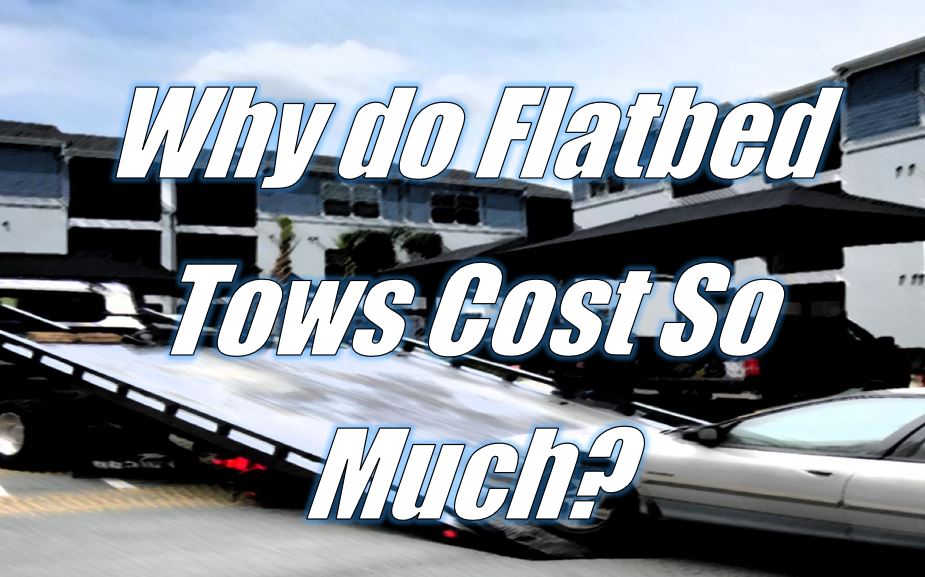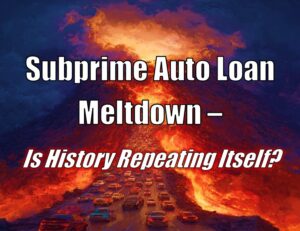A Repossession Company Owner Answers
GUEST EDITORIAL
I have had some recent conversations in which lenders and forwarders alike question the agents about why the use of flatbeds cost so much. A basic answer would be the cost of the truck, but you are also purchasing a skillset that goes much further in depth.
For this example and explanation, I will be using Illinois state law requirements.
Flatbed drivers must obtain a “C-Class” Drivers License which allows drivers to operate equipment with a Gross Vehicle Weight Rating of 26,000lbs or less. If you were to look at your drivers license it should say on the back something along the lines of “Class: Single Vehicle GVWR 16000 or less”.
Any flatbed will have a GVWR of 26,000lbs or less. This licensing requirement prohibits any unqualified/licensed driver to operate this piece of equipment. To obtain this license, a driver must pass a written and driving test. Illinois considers flatbeds and wreckers to be commercial equipment therefore, the Department Of Transportation (DOT) Medical Card is required to operate these vehicles as well.
The Federal Motor Carrier Safety Administration (FMSCA) monitors drivers and companies for compliance. To obtain a DOT Medical Card drivers must go in for a physical and be medically cleared to operate commercial vehicles in the state.
Now that we have gotten the license requirements out of the way just to operate the flatbed we can start to talk about the skill sets and equipment that flatbed drivers utilize on a daily basis. Every Flatbed will come with at least one steel cable winch that has a bridle with a cluster of attachments at the end of it.
These attachments are attached to a vehicle in many different locations, but every vehicle is different. Some vehicles will require a “T-Slot” attachment or a “Mini-J” attachment to safely attach to the frame to pull the vehicle up onto the flatbed. Yet there are some higher end vehicles in which a tow hook can be screwed into the frame which are usually not accessible during a recovery. The knowledge of vehicles and their recovery points to safely tow a vehicle onto a truck takes years of experience.
Not all recoveries with a flatbed are straight tows onto the back of a flatbed so our drivers have to utilize a snatch block to manipulate the winch line to drag the vehicle into a position in which the vehicle can actually go up onto the flatbed. Flatbed operators will have to use geometry with the snatch block at different points of the flatbed to position the vehicle so that it can safely go up the rear of the tow truck.
Operators will have many different factors to work into these calculations such as the drivetrain of the vehicle which could change the “drag line” of the vehicle to the truck, weather conditions will create additional variables to the calculation, the wheels turned and locked in a position can change this calculation. Using all the tools of truck and the knowledge of the operator all factor in a safe recovery.
When we are requesting a flatbed and the pricing structure that is associated with that type of recovery you aren’t only getting a truck you are getting a licensed, compliant, and skilled operator that has the knowledge to safely recover the collateral. These operators have years of experience, and any experienced position requires higher compensation for their services.
You might be asking, Why do Flatbed tows costs so much, but I am asking why aren’t you paying more?
Ryan Miller
General Manager,
Northwest Repossession
82nd Airborne Paratrooper/ Infantry
Lenders Ask: Why do Flatbed Tows Cost So Much? – Repossession – Federal Motor Carrier Safety Administration – Credit Union Collections – Credit Union Collectors – Repossess – Repossession – Repossession Agency














Facebook Comments